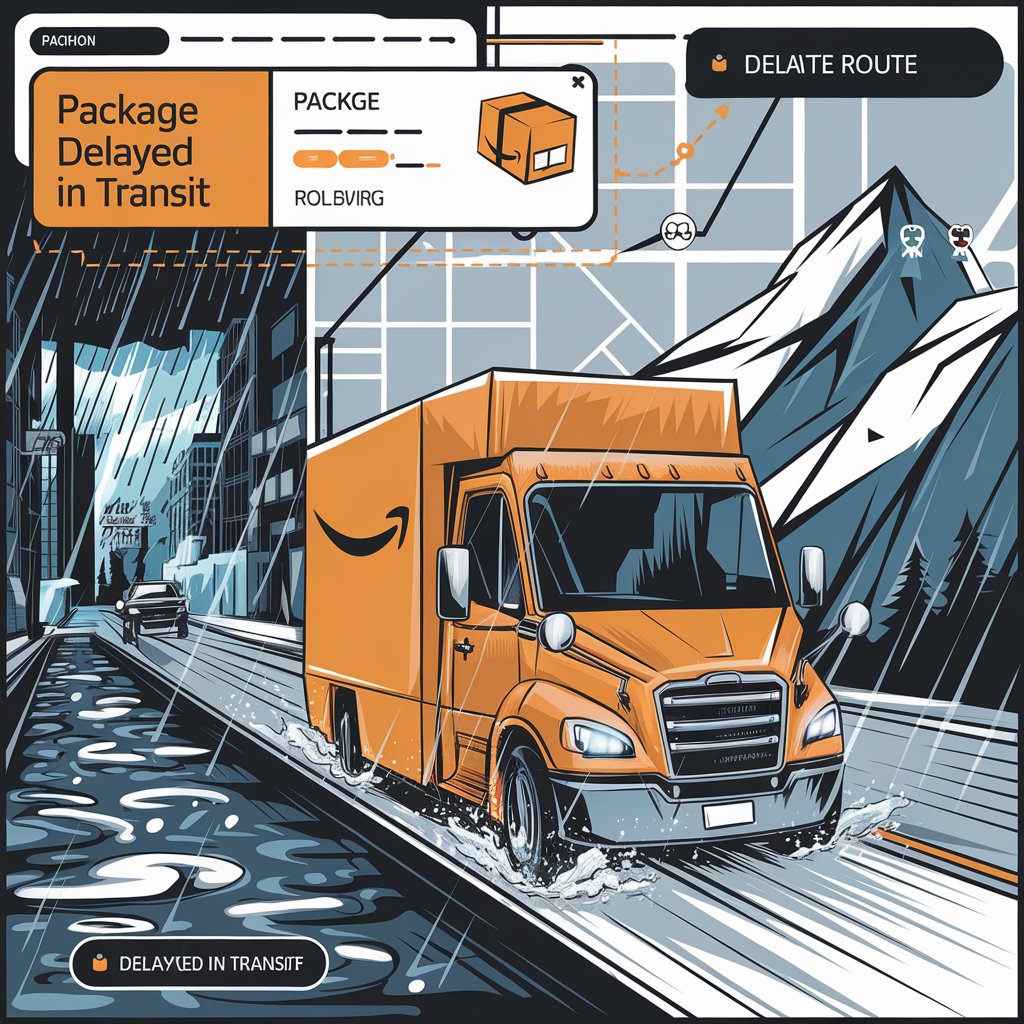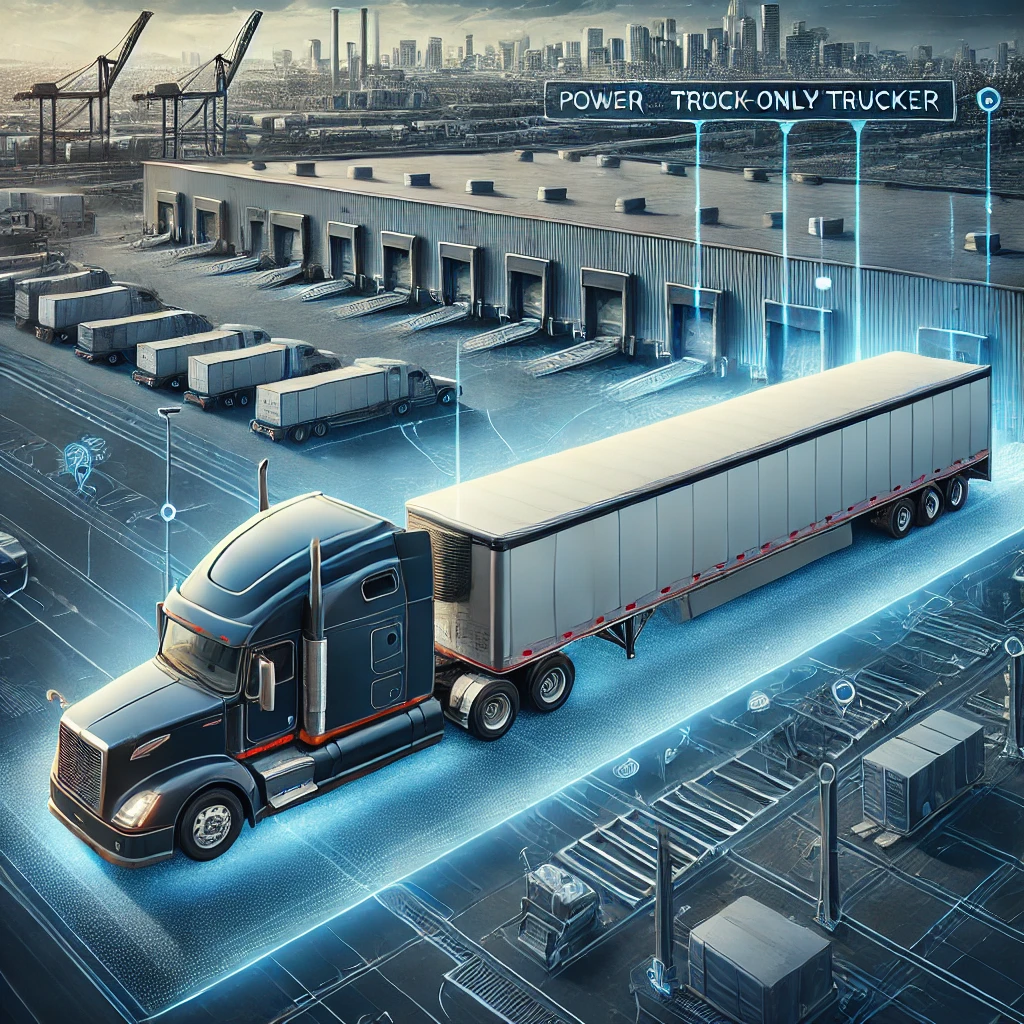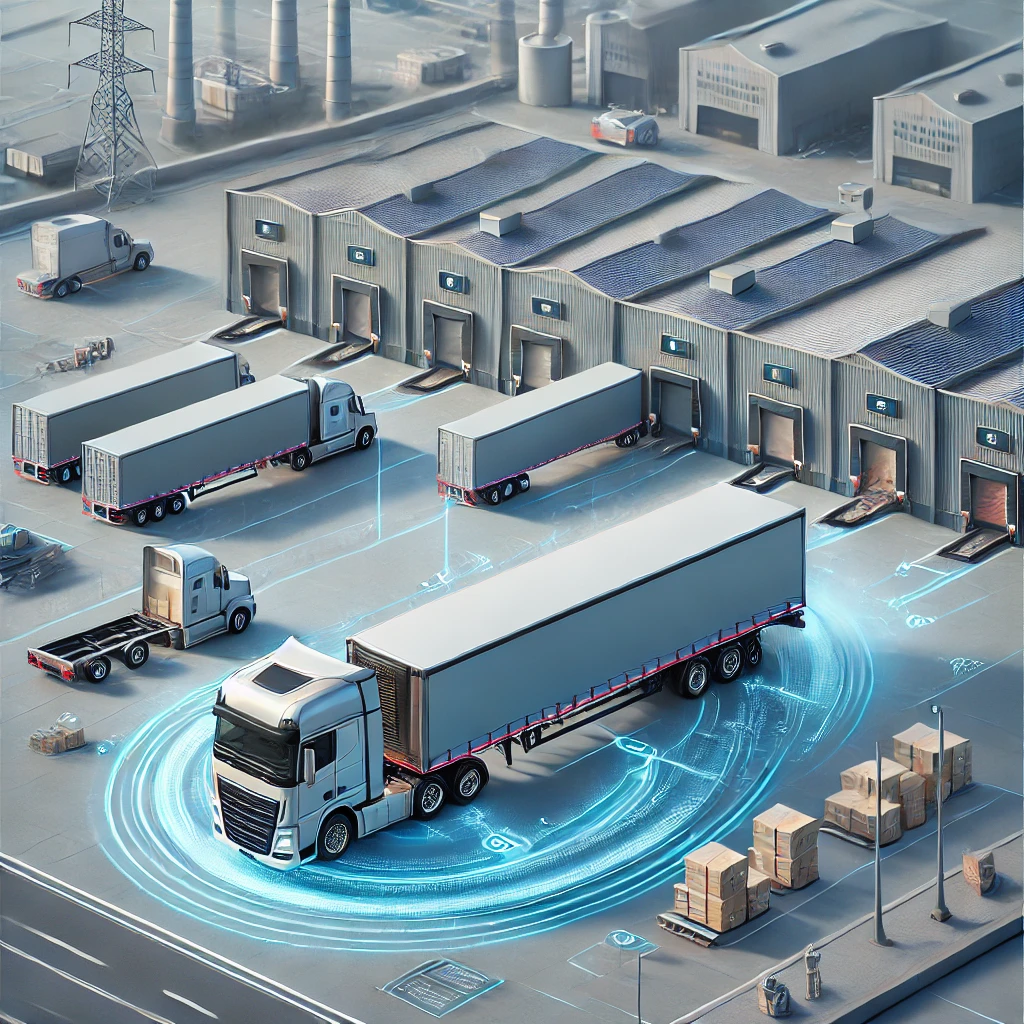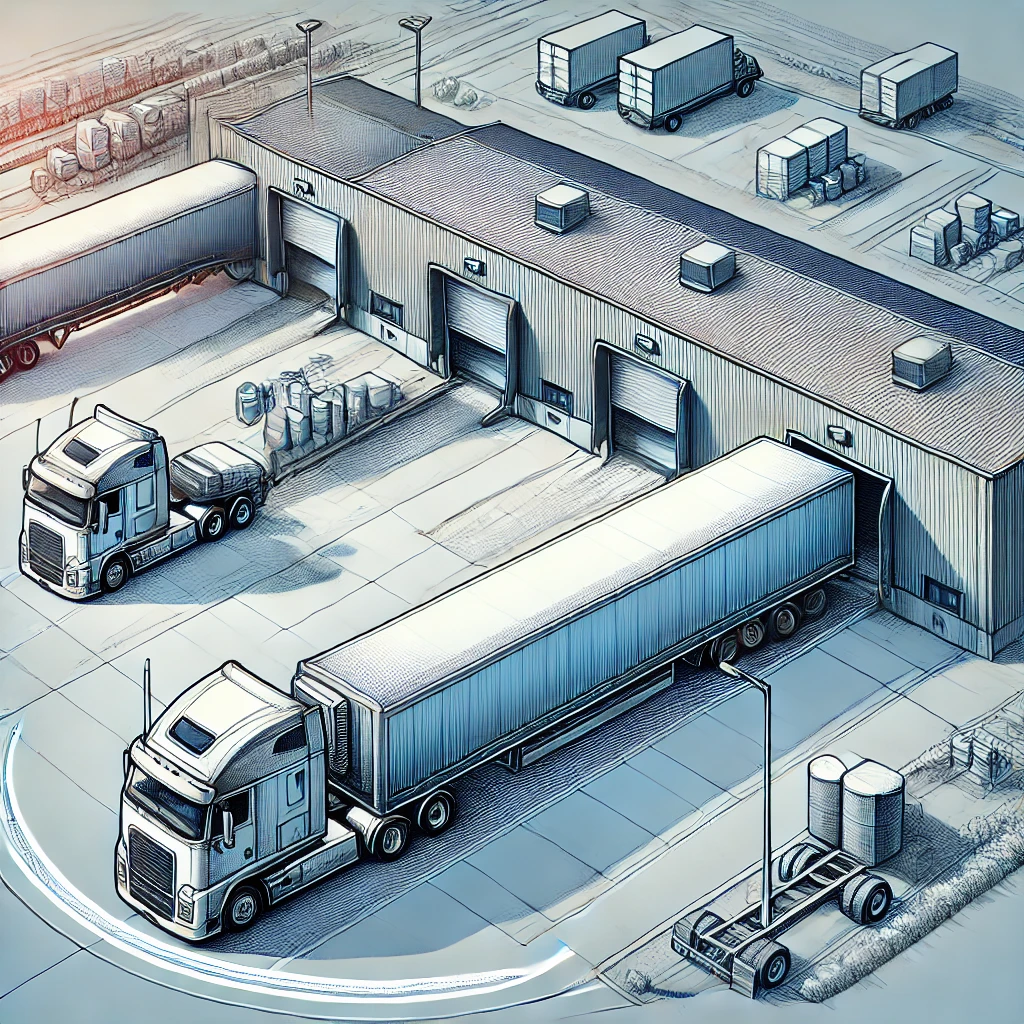Power Only Trucking: Understanding Drop Trailer Services for Efficient Freight Movement

What is Power Only Trucking?
Before diving deeper into the concept of “power only trucker drop the trailer” services, it’s essential to understand what power only trucking entails. Power only trucking is a specialized service where a truck driver provides only the tractor unit (the “power” unit) to move a pre-loaded trailer owned by the shipper or a third party.
In this arrangement:
- The driver brings just the tractor, not a full tractor-trailer combination.
- The trailer being hauled is typically owned by the shipper, a logistics company, or another third party.
- The driver’s responsibility is primarily to transport the trailer from one location to another.
Power only trucking is ideal for businesses that have their own trailers but need additional hauling capacity without investing in more trucks or hiring full-time drivers. This service offers flexibility and can be particularly useful during peak seasons or for companies with fluctuating transportation needs.
What Does 'Drop the Trailer' Mean in Power Only Trucking?
The “drop the trailer” aspect of “power only trucker drop the trailer” services refers to a specific operational model within power only trucking. In this model:
- The driver arrives at the shipper’s facility with just the tractor.
- They connect to a pre-loaded trailer.
- The driver then transports the trailer to the designated destination.
- Upon arrival, the driver “drops” or leaves the trailer at the receiver’s facility.
- The driver can then immediately depart to pick up another load or return to the origin for another trailer.
This “drop and hook” method offers several advantages:
- Shippers can load or unload the trailer at their convenience, without the driver waiting.
- Receivers can unload the trailer according to their schedule, reducing pressure on their dock operations.
- Drivers can maximize their driving time by quickly moving from one load to the next without extended wait times.
The “power only trucker drop the trailer” approach significantly enhances operational flexibility for all parties involved in the freight movement process.
Benefits of Power Only Trucking with Drop Trailer Services
The combination of power only trucking and drop trailer services offers numerous benefits for shippers, receivers, and carriers alike. Let’s explore these advantages in detail:
1. Increased Efficiency
Power only trucking with drop trailer services drastically reduces wait times for drivers. Instead of waiting for trailers to be loaded or unloaded, drivers can quickly drop off a loaded trailer and pick up another, allowing them to complete more hauls in less time. This efficiency boost is a key reason why many opt for the “power only trucker drop the trailer” model.
2. Flexible Scheduling
One of the primary benefits of the “power only trucker drop the trailer” approach is the flexibility it offers in scheduling:
- Shippers can load trailers at their convenience, even outside of regular business hours.
- Receivers can unload trailers according to their operational schedules, without being constrained by driver availability.
- This flexibility helps in managing dock congestion and optimizing warehouse operations.
3. Cost Savings
By utilizing power only trucking and drop trailer services, companies can:
- Reduce or eliminate detention fees associated with drivers waiting for loading/unloading.
- Minimize the need for additional staff during off-hours to accommodate driver schedules.
- Avoid investing in a larger fleet of trucks and trailers, especially for handling seasonal peaks.
4. Reduced Deadhead Miles
With the “power only trucker drop the trailer” model, carriers can significantly reduce deadhead miles (miles driven with an empty trailer). Drivers can move quickly from one load to the next, improving overall fleet utilization and profitability.
5. Improved Driver Satisfaction
By reducing wait times and increasing driving time, power only trucking with drop trailer services can lead to improved driver satisfaction. Drivers spend more time on the road and less time waiting, which can result in better earnings and a more efficient use of their hours of service.
How Power Only Drop Trailer Services Work
Understanding the process of “power only trucker drop the trailer” services is crucial for effective implementation. Here’s a step-by-step breakdown of how these services typically operate:
1. Trailer Pre-Loading
- The shipper loads the trailer at their facility before the power-only truck arrives.
- This can be done at the shipper’s convenience, allowing for optimal use of warehouse staff and resources.
2. Driver Arrival and Hookup
- The power-only driver arrives with just the tractor unit.
- The driver hooks up to the pre-loaded trailer, performing necessary safety checks.
3. Transportation
- The driver transports the loaded trailer to the designated destination.
- During this time, the shipper can prepare the next load or handle other operations.
4. Trailer Drop at Destination
- Upon arrival at the destination, the driver drops the trailer at the specified location.
- The driver does not wait for the trailer to be unloaded, maximizing their available driving time.
5. Pickup of Empty or Reloaded Trailer
- Depending on the agreement, the driver may: a) Return to pick up the empty trailer once it’s unloaded. b) Pick up a reloaded trailer for the return trip or next destination. c) Move on to a different location to pick up another loaded trailer.
This cycle of “power only trucker drop the trailer” operations allows for continuous movement and efficient use of both driver and equipment resources.

Ideal Situations for Using Power Only Drop Trailer Services
While the “power only trucker drop the trailer” model offers many benefits, it’s particularly well-suited for certain scenarios:
1. Seasonal Demand Surges
During peak seasons (e.g., holiday retail rush), companies can use power only trucking to handle increased volumes without long-term commitments to additional equipment or staff.
2. Dedicated Routes
For regular routes between distribution centers or manufacturing plants, power only trucking allows for efficient trailer rotation and quick turnarounds.
3. Distribution Centers
High-volume distribution centers can benefit from the ability to have multiple trailers on-site, ready for loading or unloading, without tying up drivers.
4. Just-In-Time Manufacturing
Manufacturers relying on just-in-time inventory can use drop trailer services to ensure a steady supply of materials without the constraints of fixed delivery schedules.
5. Cross-Docking Operations
Facilities engaged in cross-docking can use power only trucking to efficiently manage the flow of trailers in and out of their operations.
Challenges and How to Manage Them
While the “power only trucker drop the trailer” model offers numerous benefits, it’s not without its challenges. Here are some common issues and strategies to address them:
1. Coordination Issues
Challenge: Ensuring trailers are ready for pickup or drop-off according to schedules. Solution: Implement robust scheduling systems and maintain clear communication channels between all parties involved.
2. Trailer Condition
Challenge: Maintaining trailers in good condition when the power-only driver is not responsible for trailer upkeep. Solution: Establish regular maintenance schedules and conduct thorough inspections before and after each use.
3. Tracking and Security
Challenge: Managing trailer location and ensuring security when trailers are dropped at different facilities. Solution: Invest in GPS tracking systems for trailers and implement secure drop yards at facilities.
4. Liability Concerns
Challenge: Determining responsibility for cargo and trailer during different stages of transport. Solution: Clearly define liability in contracts and ensure proper insurance coverage for all parties.

Tips for Successful Power Only Trucking and Drop Trailer Management
To optimize your “power only trucker drop the trailer” operations, consider these best practices:
- Clear Communication: Establish clear protocols for pickup, drop-off, and scheduling to avoid miscommunication.
- Use Telematics: Equip trailers with GPS tracking to monitor their location and status in real-time.
- Regular Inspections: Conduct routine trailer inspections to ensure they are in good working order and ready for the next haul.
- Set Performance Metrics: Establish KPIs to measure efficiency, such as turnaround times and on-time delivery rates.
- Optimize Loading/Unloading: Streamline dock operations to minimize the time trailers spend at facilities.
- Train Staff: Ensure all personnel involved in the process are well-trained in the specific requirements of power only and drop trailer operations.
- Leverage Technology: Utilize transportation management systems (TMS) to efficiently coordinate power only trucking and drop trailer services.

Conclusion
Power only trucking with drop trailer services offers a flexible and efficient solution for modern logistics challenges. By understanding and implementing the “power only trucker drop the trailer” model, shippers, carriers, and receivers can significantly enhance their operations, reduce costs, and improve overall supply chain efficiency.
As the logistics industry continues to evolve, embracing innovative approaches like power only trucking will be crucial for staying competitive. Whether you’re looking to optimize your current operations or explore new transportation strategies, considering power only and drop trailer services could be a game-changer for your business.
Optimize Your Logistics with Linbis
Ready to take your freight movement to the next level with power only trucking and drop trailer services? Explore Linbis’s comprehensive suite of logistics solutions, including advanced tools for power-only dispatch management, trailer tracking, and scheduling optimization.
Our cutting-edge technology and industry expertise can help you implement successful power only trucking operations tailored to your specific needs. Visit Linbis today to learn how we can help you revolutionize your logistics operations and drive success in the competitive world of transportation and supply chain management.
Don’t let outdated logistics practices hold your business back. With Linbis, you can harness the power of innovative solutions like “power only trucker drop the trailer” services to stay ahead in today’s fast-paced logistics landscape.
